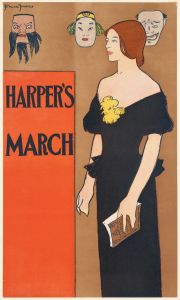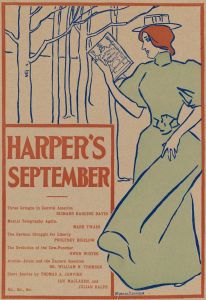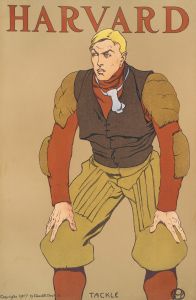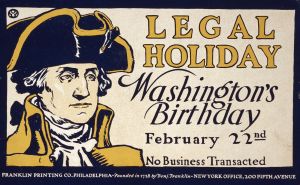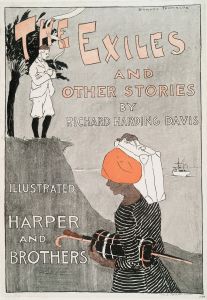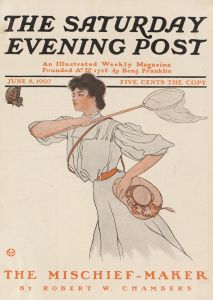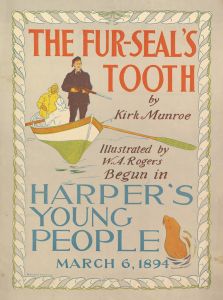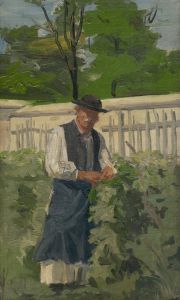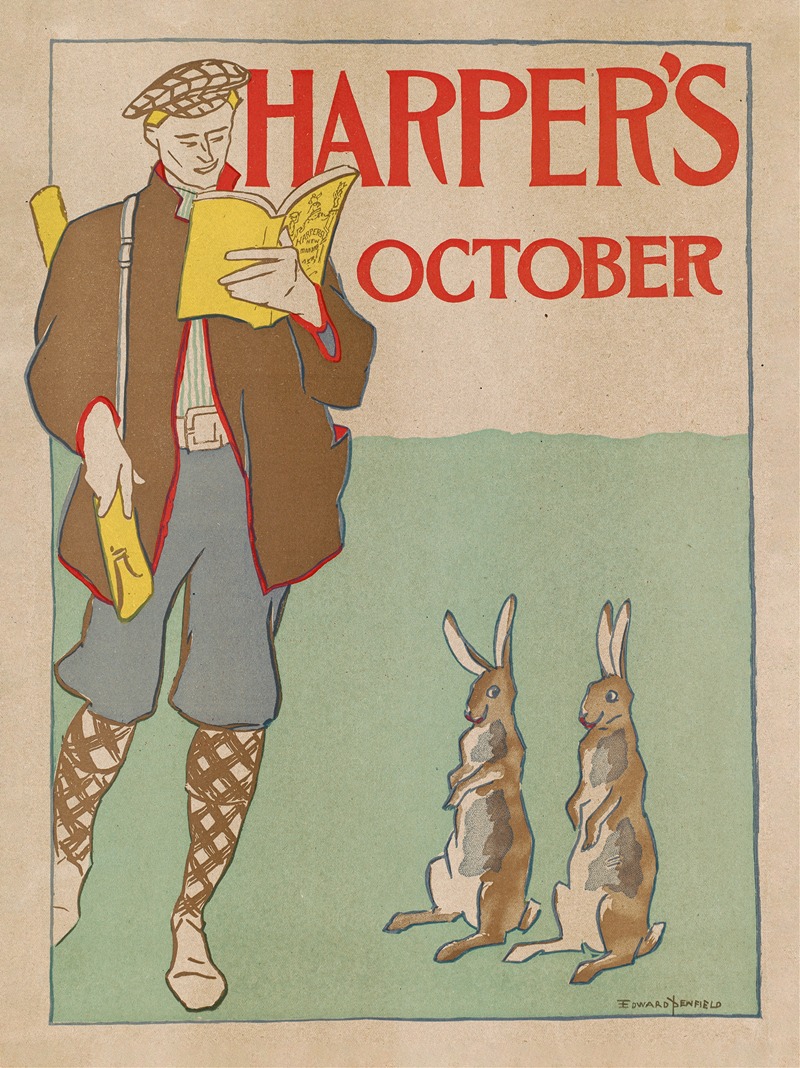
Harper’s October
A hand-painted replica of Edward Penfield’s masterpiece Harper’s October, meticulously crafted by professional artists to capture the true essence of the original. Each piece is created with museum-quality canvas and rare mineral pigments, carefully painted by experienced artists with delicate brushstrokes and rich, layered colors to perfectly recreate the texture of the original artwork. Unlike machine-printed reproductions, this hand-painted version brings the painting to life, infused with the artist’s emotions and skill in every stroke. Whether for personal collection or home decoration, it instantly elevates the artistic atmosphere of any space.
"Harper’s October" is a notable illustration created by Edward Penfield, an influential American illustrator and poster artist. Penfield is often regarded as one of the pioneers of the American poster movement, and his work significantly contributed to the visual culture of the late 19th and early 20th centuries.
Edward Penfield was born on June 2, 1866, in Brooklyn, New York. He studied at the Art Students League of New York, where he was influenced by prominent artists of the time. Penfield's career took a significant turn when he joined the publishing company Harper & Brothers in the 1890s. He eventually became the art director for Harper's Magazine, a position that allowed him to shape the visual identity of the publication.
"Harper’s October" is one of Penfield's many cover illustrations for Harper's Magazine. Created in 1894, this piece exemplifies Penfield's distinctive style, which combines simplicity, bold lines, and a keen sense of composition. The illustration features a woman dressed in autumn attire, holding a parasol and a copy of Harper's Magazine. The background showcases a vibrant autumn landscape, with falling leaves that evoke the essence of the October season.
Penfield's work is characterized by its clarity and elegance, often using flat colors and minimal shading to create striking images. His posters and magazine covers were designed to be both eye-catching and informative, effectively communicating the content and appeal of the publications they advertised. "Harper’s October" is a prime example of this approach, capturing the viewer's attention with its harmonious color palette and balanced composition.
During his tenure at Harper's, Penfield produced a series of monthly covers that became highly popular and influential. These covers not only promoted the magazine but also helped establish the visual language of American illustration during that era. Penfield's work is often associated with the Art Nouveau movement, although his style is more restrained and less ornate than that of his European counterparts.
Edward Penfield's contributions to the field of illustration extended beyond his work for Harper's Magazine. He also created posters for various clients, including the American Red Cross and the U.S. government during World War I. His posters were widely distributed and played a significant role in public communication and advertising.
Penfield's legacy as an illustrator is marked by his ability to blend artistic creativity with commercial appeal. His work remains an important part of American visual culture, and his influence can be seen in the works of subsequent generations of illustrators and graphic designers.
Edward Penfield passed away on February 8, 1925, but his contributions to the world of illustration continue to be celebrated and studied. "Harper’s October" stands as a testament to his skill and vision, capturing the spirit of its time while remaining timeless in its appeal.





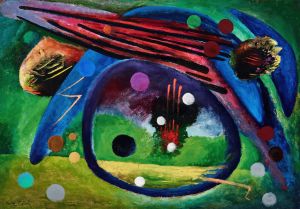
![Design for Figures of Music Building, New York World’s Fair, 1939.] [Elevation detail](/imgs/249284/s/winold-reiss-design-for-figures-of-music-building-new-york-worlds-fair-1939-elevation-detail-b48f5853.jpg)
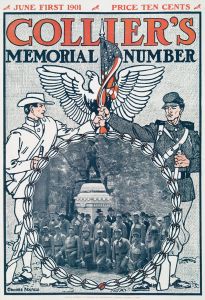
![Harper’s [for] April](/imgs/252614/s/edward-penfield-harpers-for-april-4582d088.jpg)

